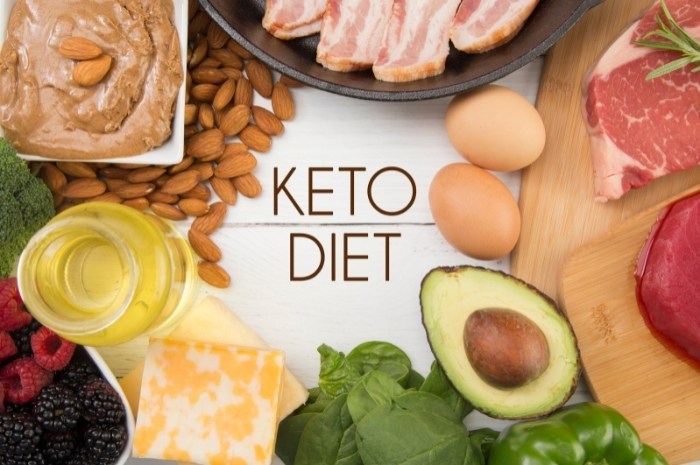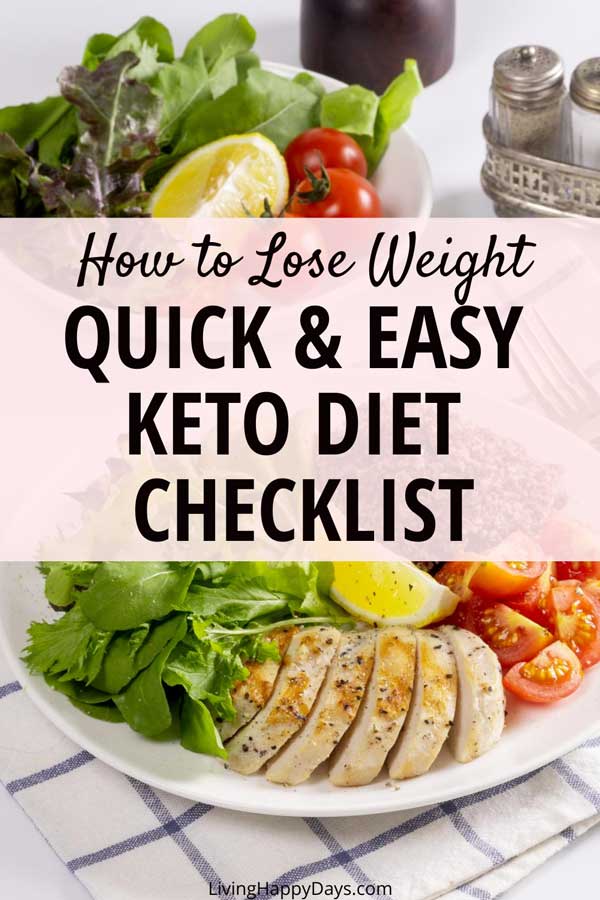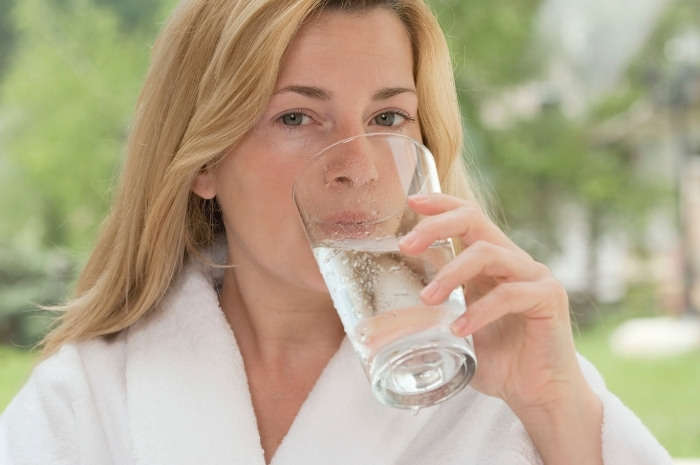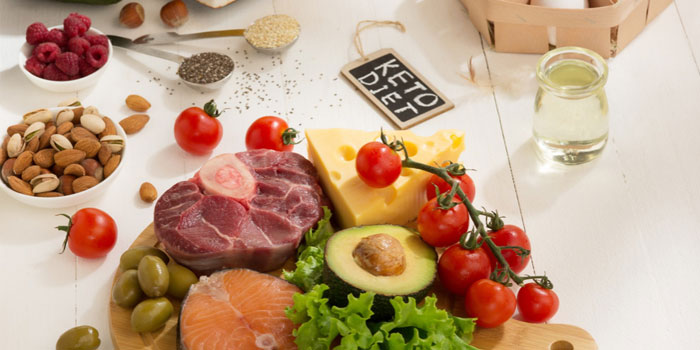Just about everyone is talking about the Keto Diet, right?
But, did you know a great way to be successful on this popular low carb diet is to use the Keto Diet Quick Checklist.
This is because it’s easy to get all confused with different portions of this and how many grams of that product to make it work.
But, by using this Keto Diet Quick Checklist, you’ll see at a glance what you should eat, and more importantly, what not to eat.
This is the best way to stick to the diet and lose weight while eating healthily.
Meanwhile, if you’re a beginner to the Keto Diet check out my article 10 Keto Diet Tips Every Newbie Needs to Know and find out more.
In addition, as the Keto Diet mainly consists of eating more protein and eating fewer carbohydrates you’ll find understanding the ratio of each food group is important.
Above all, over time you’ll be able to judge at a glance what is good for you and what is not.
But, in the beginning, this Keto Diet Checklist will help you out.
TABLE OF CONTENTS ->>
1. Your carb intake
- Less than 50 grams of net carbs per day but better below 20 grams
- Most of the carbs should come from non-starchy vegetables
- Green, fibrous vegetables are your best choices, though many other low carb vegetables are fine
- To sum up, always accompany a carb with either a fat or a protein

Disclosure: This post may contain affiliate links. Read my disclosure page for more info.
Net Carbs
Most importantly, the Ketogenic diet only counts Net Carbs. This is because fiber content in food decreases the overall carb content’s ability to impact blood sugars. In short, you can read more about NET CARBS on the WebMD website here. Net Carb Formula → Total Carb Count of a Food Minus Fiber Count
2. Non-Starchy Vegetables Include:
In addition, you can find a full list of starchy and non-starchy vegetables on the Healthcare website.
Non-starchy vegetables include: artichokes, asparagus, bean sprouts, Brussel sprouts, broccoli, cabbage, cauliflower, celery, cucumber, eggplant/aubergine, mushrooms, onions, peppers, salad greens, spinach, tomato, turnips, zucchini/courgettes
You may also like:
- 10 Keto Diet Tips Every Newbie Needs to Know
- 4 Quick Hacks to Lower Your Carbs with a Spiralizer
- Keto Diet Quick Checklist: How to Lose Weight on the Keto Diet
- 10 Food Groups to Avoid on the Keto Diet
- 10 Keto Diet Hacks You Need to Know When Eating Out
Check out this useful Keto Recipe Book for inspiration

3. Lots of healthy fats
- Above all, in ketosis, fat is the main energy source for the body
- Fats provide satiety, boost metabolism and support the enjoyment of food
- Provide key macronutrient requirements
- Fat intake is variable and depends on weight loss goals
- Margarine is never advised, as it is fake and interferes with ketosis
- Natural fats are fine when reducing carbs
- The best fats are monounsaturated and saturated, including olive oil, grass-fed butter, and coconut oil
- Limit intake of polyunsaturated fats, including soybean oil, corn oil, and cottonseed oil
- Lastly, be careful not to eat too much fat as your calorie count goes through the roof
- If in doubt, eat FEWER carbs and more fat
4. Daily fat intake guidelines
To sum up, the daily fat intake will vary from person to person depending on their body size. Use this list as a guideline:
- 2 to 3 eggs
- 1 to 2 tablespoons of grass-fed butter
- 2 tablespoons of heavy cream
- 2 tablespoons of olive oil when cooking or for salad dressings
- 2 ounces of cheese
- 4 to 6 ounces of meat, chicken, seafood, or fish at each meal
- ½ an avocado or 10 olives
- 1 to 2 ounces of nuts or seeds
- Use canola, peanut and grape-seed oils for pan cooking and stir-fries
- Full fat mayonnaise
- 1 tablespoon of coconut oil that contains ketosis boosting MCTs (medium-chain triglycerides)
- Avoid low-fat foods, including reduced-fat dairy.
Meanwhile, you can read about the possible benefits of MCTs Medium-Chain Triglycerides on the Medical News Today website.
5. Eat adequate protein
Above all, protein is both 46% ketogenic and 58% antiketogenic, as some protein will convert to glucose in the bloodstream and inhibit ketosis. Most importantly, intake should be enough to prevent muscle loss. However, not so much that will disrupt ketosis.
General protein intake guidelines
- Sedentary lifestyle: 0.69 – 0.80 grams per pound of lean body mass
- Mildly active: 0.8 to 1 gram per pound of lean body mass
- Heavy strength training/bodybuilding and exercise: 1 to 1.2 grams per pound of lean body mass
Moreover, lean body mass is typically defined as – body weight minus body fat. Meanwhile, you can use a number of online lean body mass calculators, such as this one – Lean Body Mass Calculator to figure yours out.

6. Protein choices
- Fatty red meats
- Chicken with skin
- Turkey
- Seafood
- Fish
- Eggs
- Deli meat
- Pork
- Veal
- Lamb
- Fowl (duck, goose, hen, quail)
- Organ meats (tongue brains, liver, heart, and kidneys)
- Game meats (ostrich, venison, caribou, bison, and elk)
- Nuts, seeds and full-fat dairy in moderation (they do contain some carbs)
7. Only eat to satisfaction
More importantly, ONLY eat when hungry until you feel satisfied, but not stuffed
8. Increase your salt intake
In addition, to avoid the possible side effects as your body adjusts to ketosis, a little salt may help. For example, side effects on the Keto Diet can include headaches, muscle cramps, or weakness. This often occurs as a result of an electrolyte imbalance.
Likewise, as a low carb diet is naturally diuretic, you don’t have to avoid salt to minimize water retention. You can get salt from 1 to 2 cups of broth daily or soy sauce over food.
CAUTION Ask your doctor about increasing salt, and if you are being treated for a condition that requires limited sodium intake as hypertension continue with the medical advice of your doctor.

9. Drink lots of water
- Water is a natural appetite suppressant
- Several studies found that reducing intake of water might cause fat deposits to increase while drinking more reduces them
- Supports the body’s ability to metabolize fat
- Drink lots of freshwater throughout the day, as hydration greatly promotes weight loss
- Lastly, the more active you are the more hydration you’ll need
Start cooking ketogenic meals for yourself
Cooking ketogenic meals for yourself means you know exactly what you are eating and more importantly, help you enjoy the many benefits the keto diet has to offer.
If you need some inspiration to cook your own ketogenic meals then do check out The Everything Ketogenic Diet Cookbook by Lindsay Boyers.


